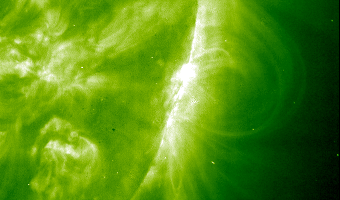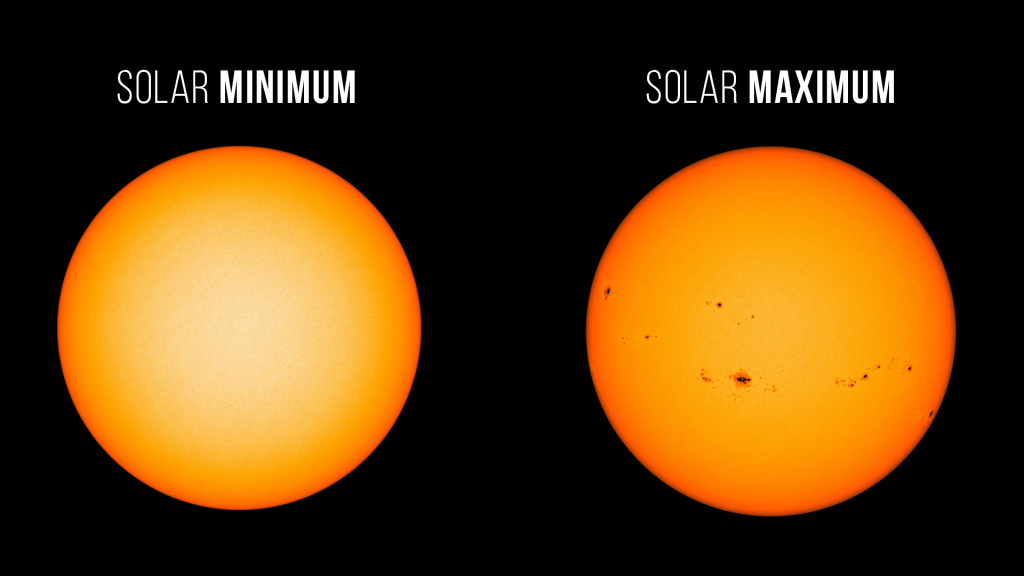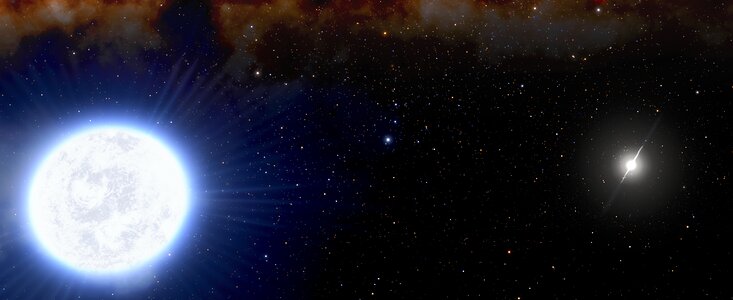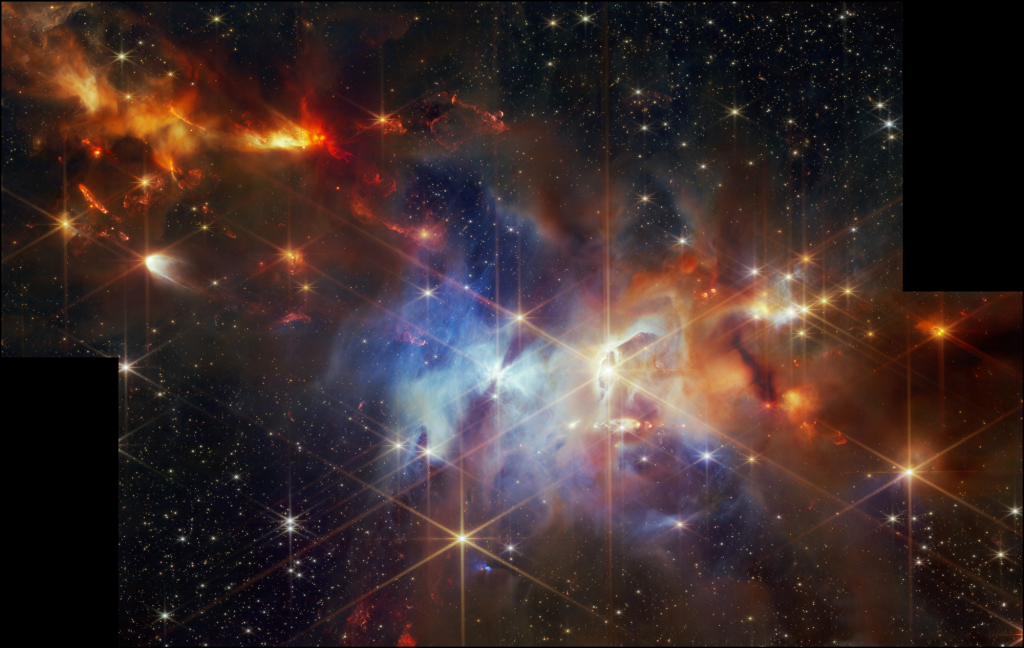Heliophysics Big Idea 3.3
Framework for Heliophysics Education
Quick Facts
Our Sun, like all stars, has a life cycle.
Guiding Questions
-
Introductory Learner (K-5)
How was the Sun born?2-ESS1-1. Use information from several sources to provide evidence that Earth events can occur quickly or slowly.
3-LS1-1. Develop models to describe that organisms have unique and diverse life cycles but all have in common birth, growth, reproduction, and death.
4-ESS1-1. Identify evidence from patterns in rock formations and fossils in rock layers to support an explanation for changes in a landscape over time.
5-ESS1-1. Support an argument that differences in the apparent brightness of the Sun compared to other stars is due to their relative distances from the Earth. -
Intermediate Learner (6-8)
What is the life cycle of stars?MS-ESS1-2. Develop and use a model to describe the role of gravity in the motions within galaxies and the solar system.
MS-ESS1-4. Construct a scientific explanation based on evidence from rock strata for how the geologic time scale is used to organize Earth's 4.6-billion-year-old history. -
Advanced Learner (9-12+)
Do other stars behave similarly to the Sun?HS-ESS1-1. Develop a model based on evidence to illustrate the life span of the Sun and the role of nuclear fusion in the sun’s core to release energy that eventually reaches Earth in the form of radiation.
HS-ESS1-2. Construct an explanation of the Big Bang theory based on astronomical evidence of light spectra, motion of distant galaxies, and composition of matter in the universe.
HS-ESS1-3. Communicate scientific ideas about the way stars, over their life cycle, produce elements.
HS-ESS1-6. Apply scientific reasoning and evidence from ancient Earth materials, meteorites, and other planetary surfaces to construct an account of Earth’s formation and early history.
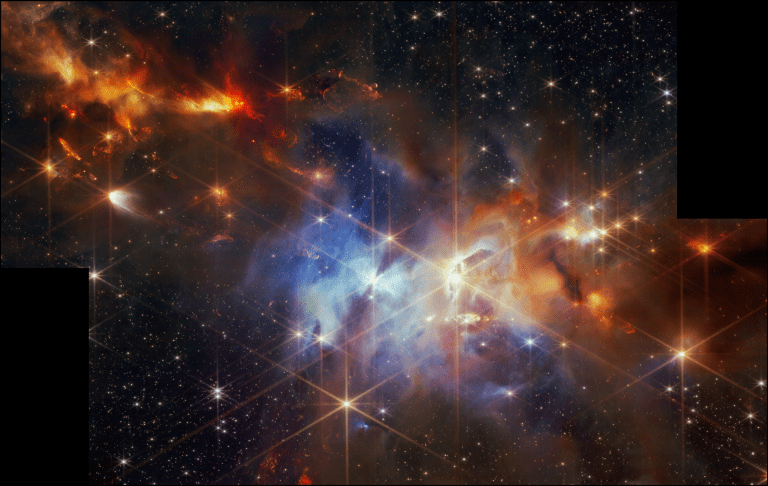
Related Topics By Level For Communicating Heliophysics
Light
What should learners know about this topic at each level?
Introductory: Electromagnetic energy travels in waves from very long radio waves to very short gamma rays. Humans can only see visitble light. When you tune your radio, watch TV, send a text message, or pop popcorn in a microwave oven, you are using electromagnetic energy. NASA’s scientific instruments use the full range of the electromagnetic spectrum to study the Earth, the solar system, and the universe beyond.
Intermediate: Spectroscopy is the science of reading light to determine the size, distance, spin and chemical composition of distant objects in space. There are a great variety of electromagnetic waves: radio waves, microwaves, infrared waves, visible light, ultraviolet rays, X-rays, and gamma rays. These wavelengths vary from radio waves, the longest, to gamma rays, the shortest. The Sun emits all these types of electromagnetic waves, though in different amounts for various wavelengths. NASA spacecraft use spectrometers to study the composition, physical structure and electronic structure of matter at the atomic, molecular and macro scale, and over astronomical distances.
Advanced: Life is adapted to conditions on the Earth, including an intensity of electromagnetic waves from the Sun that allows water to be present in the liquid state. When electrically charged objects undergo a change in motion, they produce electromagnetic waves around them. Magnetic forces are very closely related to electric forces and are thought of as different aspects of a single electromagnetic force. Moving electrically charged objects produces magnetic forces and moving magnets produces electric forces. In empty space, all electromagnetic waves move at the same speed – the speed of light.

Nuclear Fusion
What should learners know about this topic at each level?
NASA’s robotics technology has allowed us to send robotic orbiters, landers, and rovers ahead of us to study other planets and identify potential signs for life. On the International Space Station, NASA and their partners have used robotic technology extensively, to lorem and ipsum the dolor sit amets and more.
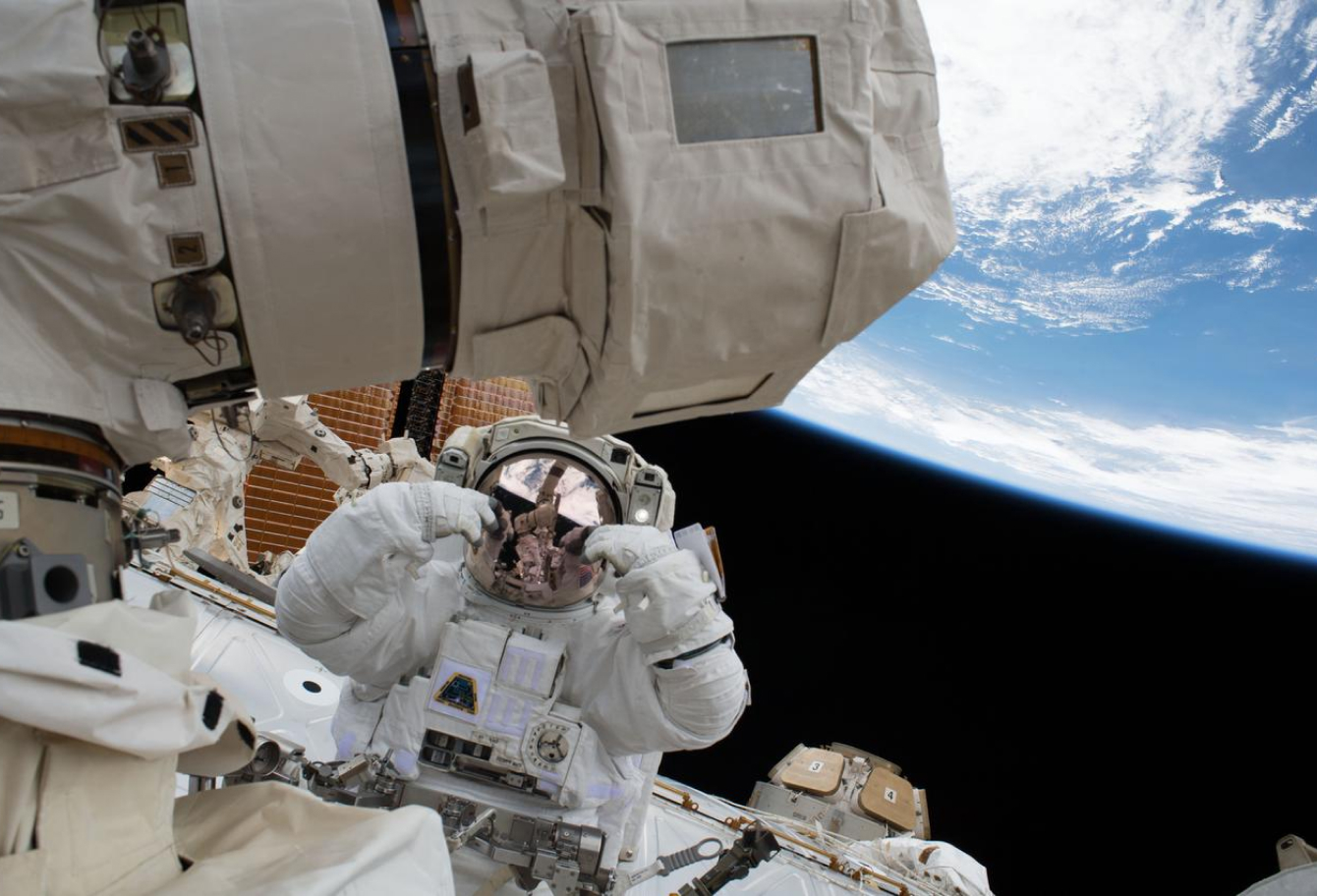
Solar Cycle
What should learners know about this topic at each level?
Introductory: The number of sunspots on the sun’s visible surface increase and decrease over time in a regular, approximately 11-year cycle, called the sunspot or solar cycle.
Intermediate: The exact length of the solar cycle can vary. It has been as short as eight years and as long as fourteen, but the number of sunspots always increases over time, and then returns to low again. More sunspots mean increased solar activity, when great blooms of radiation known as solar flares or bursts of solar material known as coronal mass ejections (CMEs) shoot off the sun’s surface.
Advanced: The highest number of sunspots in any given cycle is designated “solar maximum,” while the lowest number is designated “solar minimum.” Each solar cycle, varies dramatically in intensity, with some solar maxima being so low as to be almost indistinguishable from the preceding minimum. Many other stars have been observed to have ‘sunspot’ cycles as well. These can be as short as a few years or as long a several decades. The reason for the precise period length and intensity seems to be rooted in the flows of plasma just below the solar surface called the tachocline. These currents, like ocean currents on Earth, flow from the equator to the poles, dive below the surface and return to the equatorial zone completing a full sunspot cycle.
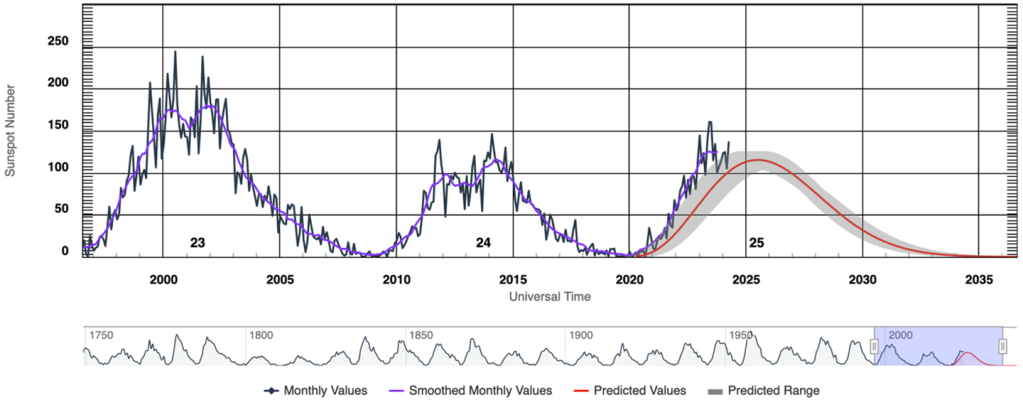
Spectroscopy
What should learners know about this topic at each level?
Introductory: Electromagnetic energy travels in waves from very long radio waves to very short gamma rays. Humans can only see visible light. When you tune your radio, watch TV, send a text message, or pop popcorn in a microwave oven, you are using electromagnetic energy. NASA’s scientific instruments use the full range of the electromagnetic spectrum to study the Earth, the solar system, and the universe beyond.
Intermediate: Spectroscopy is the science of reading light to determine the size, distance, spin and chemical composition of distant objects in space. There are a great variety of electromagnetic waves: radio waves, microwaves, infrared waves, visible light, ultraviolet rays, X-rays, and gamma rays. These wavelengths vary from radio waves, the longest, to gamma rays, the shortest. The Sun emits all these types of electromagnetic waves, though in different amounts for various wavelengths. NASA spacecraft use spectrometers to study the composition, physical structure and electronic structure of matter at the atomic, molecular and macro scale, and over astronomical distances.
Advanced: Life is adapted to conditions on the Earth, including an intensity of electromagnetic waves from the Sun that allows water to be present in the liquid state. When electrically charged objects undergo a change in motion, they produce electromagnetic waves around them. Magnetic forces are very closely related to electric forces and are thought of as different aspects of a single electromagnetic force. Moving electrically charged objects produces magnetic forces and moving magnets produces electric forces. In empty space, all electromagnetic waves move at the same speed – the speed of light.
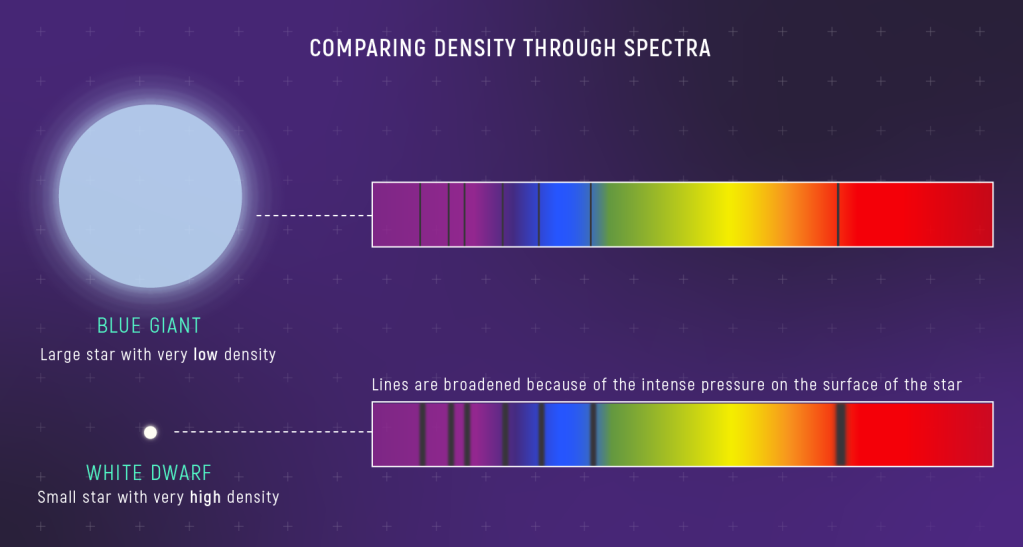
Stellar Evolution
What should learners know about this topic at each level?
Introductory: A star is born, lives, and dies, much like everything else in nature. Stars are giant balls of hot plasma – mostly hydrogen, with some helium and small amounts of other elements. Every star has its own life span, ranging from a few million to trillions of years.
Intermediate: The properties of a star change as it ages. The fate and life of a star depends primarily on its mass. Astronomers estimate that the universe could contain up to one septillion stars – that’s a one followed by 24 zeros. Our Milky Way alone contains more than 200 billion, including our most well-studied star, the Sun.
Advanced: Stars reach their end-stages in a variety of 'graveyard' forms from white dwarfs for our sun, to neutron styars for massive stars, and even black holes for the most massive stars. Low-mass stars like our sun enter their final stages non-explosively, but massive stars more than 8 times our sun usually become supernovae. These supernovae explosions can be seen across the entire 14 billion light years of the visible universe. They also eject matter into interstellar space that is enriched with elements heavier than helium, and are the principle reason why carbon-based life exists in this universe.
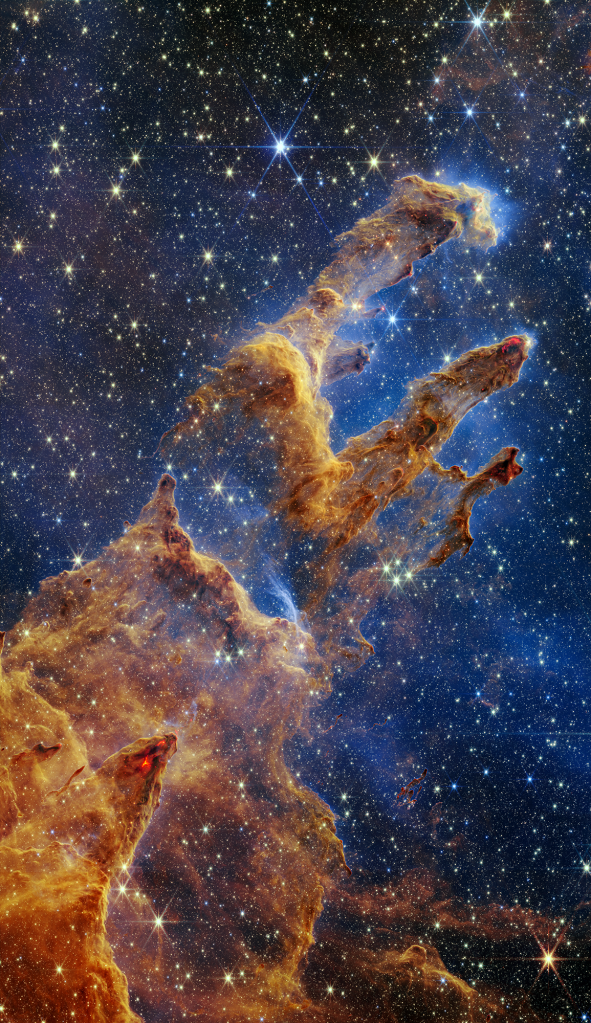
Sunspot
What should learners know about this topic at each level?
Introductory: Sunspots are cooler regions on the Sun that for the largest ones you can see them from Earth without a telescope if you safely filter your eyes.
Intermediate: The Sun has dark spots, called “sunspots” caused by a concentration of magnetic field lines. Sunspots are slightly cooler regions on the Sun’s surface. Sunspots last from days to weeks. Lasting from days to months, sunspots typically stretch 1,000 to 100,000 miles across. The number of sunspots goes up and down as the Sun goes through its natural 11-year cycle. Scientists use sunspots to help them track this cycle.
Advanced: The convective movement of the plasma on the solar surface can drag magnetic fields with them and concentrate them. This causes the field to be amplified, which prevents plasma from below these fields from transporting their energy to the surface. As a result, these magnetic concentrations sit on top of cooler plasma regions and so appear darker compared to the surrounding 5600 k photosphere.
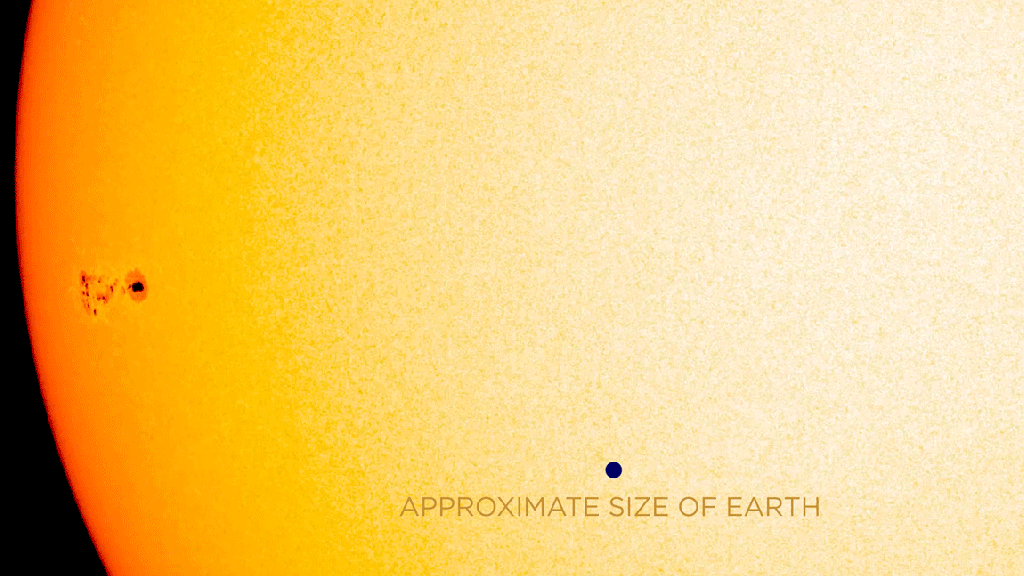
Heliophysics Resource Database
Use the guiding questions above to explore resources at each level or go directly to our database to search for resources by level, NGSS performance expectation, topic, and mission.
Resource Database